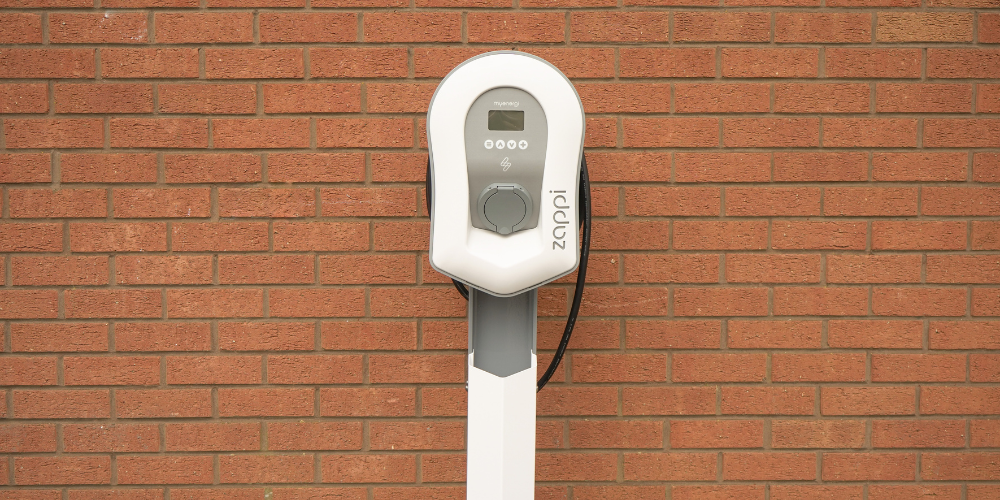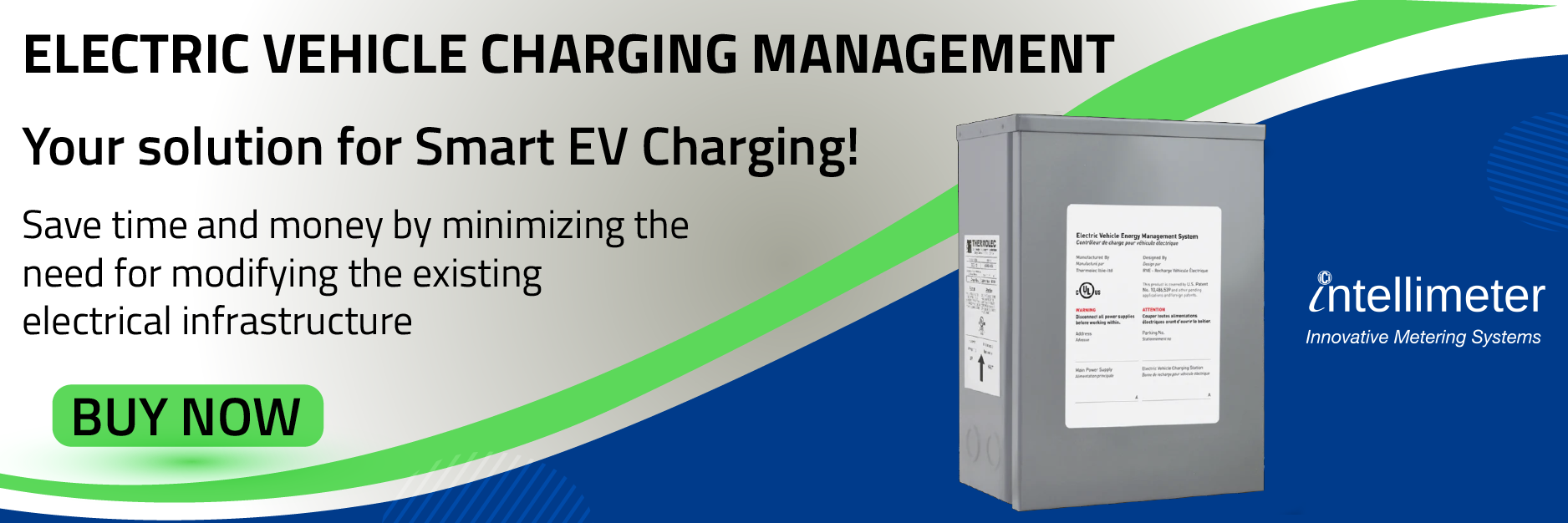Adding an EV charger to your building is a fantastic investment! The growing popularity of electric vehicles means that being the first to offer charging at home will be a massive draw to potential high-quality tenants. However, following through with this is not exactly straightforward. A lot of work must go into the project before it even begins! And the essential part of the prep work is knowing how to conduct an energy and building assessment before installing EV chargers.
Contact professionals for the assessment
The first thing you need to do is call in professionals. A building and energy assessment for EV charging is serious business, and you can suffer a lot from making mistakes. The presence of professionals will also make the whole process much smoother and, more importantly, faster.
Ascertain the current electrical consumption
The next step of an energy and building assessment should always be ascertaining the current electricity consumption of the building. In some cases, this can be done by reviewing the monthly energy bill, some utilities highlight the periods of highest consumption. That will give you a solid basis for nearly all the following steps.
Check the historical peak energy loads
As indicated previously, a professional should contact the utility for more detailed information on the times of highest consumption, Finding the historical peak energy loads data for your building, which you can request from your assessors, allows you to get a good idea of what your building can safely handle.
After all, it is useless to know some metrics if you cannot account for how they will affect you! And while EV chargers can add value to your condo building, installing them can be risky without proper preparation.
Find the maximum capacity of your building
The ‘maximum’ capacity of your building defines how much electric load it can handle at once. It is crucial since it will determine the ‘level’ of the charging station you can install compared to your current consumption.
Beware: just because the main switchboard in the building is rated 5,000 Amperes, it does not mean that the total current capacity of the building is 5KA. Have your professional advisor confirm with the utility the rating of the actual feeder. In some urban centers with higher population density or high rates of growth in the las few years, face feeder limitations and use restrictions.
While the theoretical maximum capacity of a building is important, there is one concern to consider. That is, whether it can support such high loads. After all, buildings deteriorate with age, and theoretical maximums sometimes do not match reality.
Find possible locations for additional distribution boards
If your building will be handling much higher power loads than before, it is only natural that you’d want it to be better protected, too. As the moving experts from Professional Movers Canada like to advise, it is, after all, always better to plan than be sorry you didn’t do it! So, an energy and building assessment is also a perfect opportunity to find the best places in the building to install additional distribution boards whose breakers will, hopefully, prevent possible problems in the future.
Make an energy efficiency project
If you aren’t planning on it, then take the time to learn how to improve your energy efficiency. After all, EV chargers, for all their usefulness, are actual energy loads. If the building’s electricity system is incapable of working efficiently, you may face higher bills rather than profit from your installation of the chargers! So, during the assessment, you need professionals to review your system and advise on the potential use of an EV demand controller or EVEMS that can shift the demand to lower electricity rate periods, to maximize your benefit.
Double-check the load control
As we stated before, the power use of your building will increase in the proportion that the EV Chargers are used. If the increase cannot be properly managed, your electric grid could suffer serious damage. It is paramount that the breakers are in good condition. And that all the other stopgaps are working as intended to protect your building from suffering in any way. That also means you should brush up on understanding power limitations when installing a level II charger or higher and adequately consider whether you can support that!
Plan for running cables to connect to the charging supply equipment
You need to carefully connect the charger to the building’s electric supply, or main switchboard. To do that optimally, an energy and building assessment will also need to find the optimal routes for running cables to connect to the charging supply equipment; to find the most efficient way of distributing the chargers to maintain the voltage drop within the approved minimum, and while maintaining the wire gauges within the equipment tolerances. That will ensure that they can be properly and safely installed.
Account for solar panel and battery storage options
The final part of an energy and building assessment you can request is assistance with accounting for the effects of solar panels and battery storage on the potential EV charger installation. There are obvious reasons why this would be beneficial for you. It would increase the capacity, by allowing EV Charger during periods of high demand and massively decrease the cost of running an EV charger. Allowing you to reap even greater benefits from the installation.
Final comment
Understanding how to conduct an energy and building assessment before installing EV chargers will let you get through the process much faster. That means your EV charger installation can start sooner! And your building can become one of the most innovative leading properties in the city.


